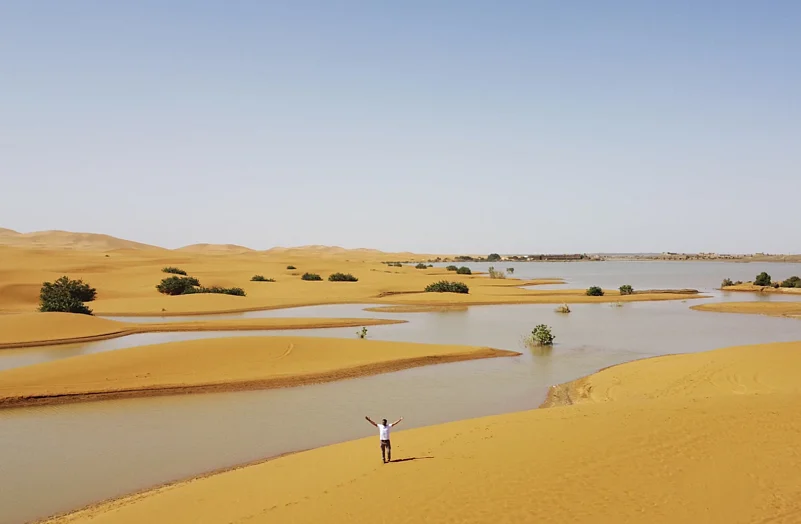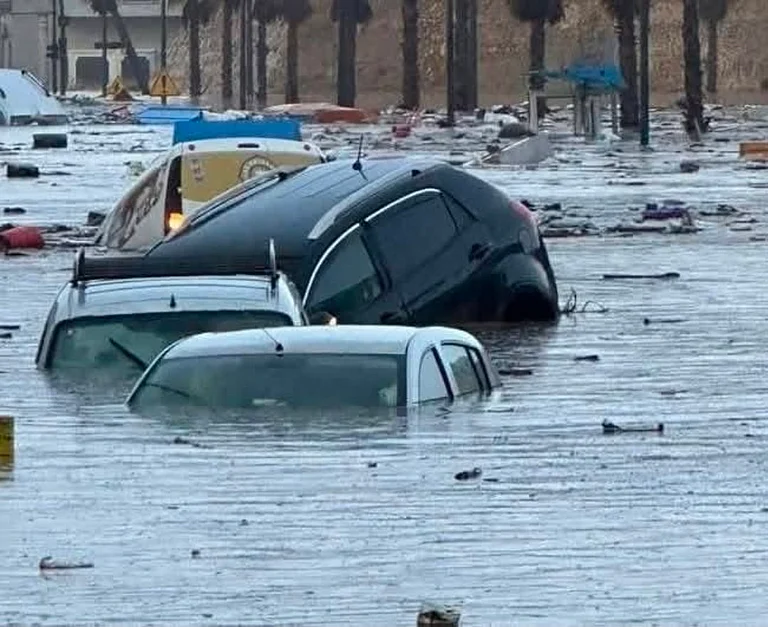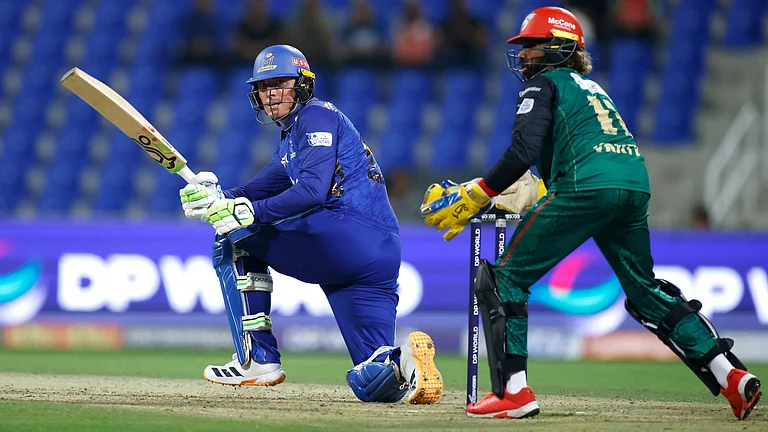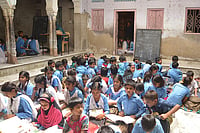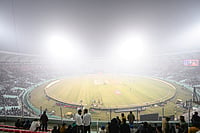Parts of the Sahara Desert, usually known for its arid, endless sand, were recently flooded after rare torrential rains swept through southeastern Morocco. Dramatic images captured by NASA satellites show palm trees and sand dunes submerged in water, marking the first floods in the Sahara in 50 years.
The downpours hit areas including Tata City and Tagounite, a village about 450 kilometres south of Rabat. The floods, triggered by two days of heavy rainfall in September, claimed the lives of 18 people, according to the Moroccan government. Tagounite alone recorded 100 millimetres of rain in just 24 hours, far surpassing the annual rainfall average for many regions.
These much-needed rains arrived at a time when Morocco was grappling with its worst drought in nearly four decades. The country, one of the most water-scarce nations in the world, frequently faces harsh drought conditions. But despite the devastation the floods caused, the rainfall brought hope to local farmers in the drought-hit south, where crops like dates, almonds, and cereals have struggled during six consecutive dry years.
One of the most striking sights was Lake Iriqui, a dry lake bed between Zagora and Tata, which had been barren for five decades. It was filled with water after the heavy rains, creating a rare and awe-inspiring scene in the desert.
Meteorologists described the rainfall as part of an extratropical storm, an unusual event for this region, which could lead to more extreme weather in the future. Houssine Youabeb from Morocco's meteorology office stated that it had been up to 50 years since they had seen such intense rain in such a short period. The changing climate, experts say, could mean that such storms become more frequent, leaving the region vulnerable to both intense rainfall and prolonged droughts.
Moroccan climatologist Mohamed Said Karrouk highlighted the impact of climate change on the Sahara, warning of unpredictable and potentially more violent weather events. Scientists around the world have echoed these concerns, noting that global warming is making extreme weather patterns, such as floods and droughts, more frequent and severe.
Celeste Saulo, head of the World Meteorological Organisation, also spoke about the changing global water cycle, emphasising how erratic it has become. “We are facing growing problems of either too much or too little water,” she noted, pointing to the increasing challenges posed by climate change.
Although the rains offered some relief, particularly for desert agriculture, experts like water consultant Mohamed Jalil have cautioned that the effects of the rainfall may not be long-lasting. While the floods have begun to replenish groundwater reserves and brought some hope to farmers, it remains uncertain how much they will ease Morocco's long-standing drought issues.






